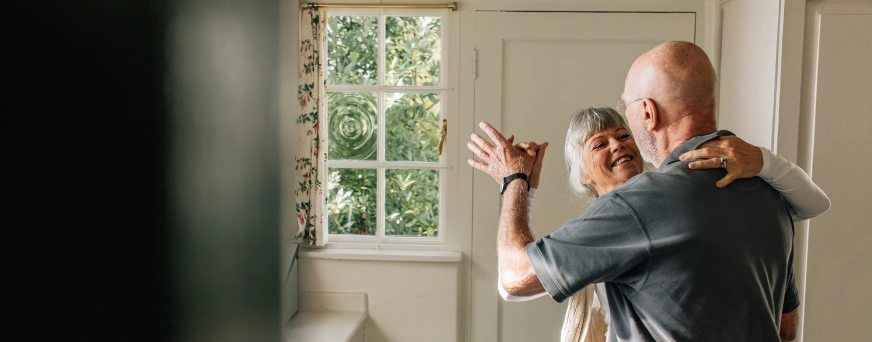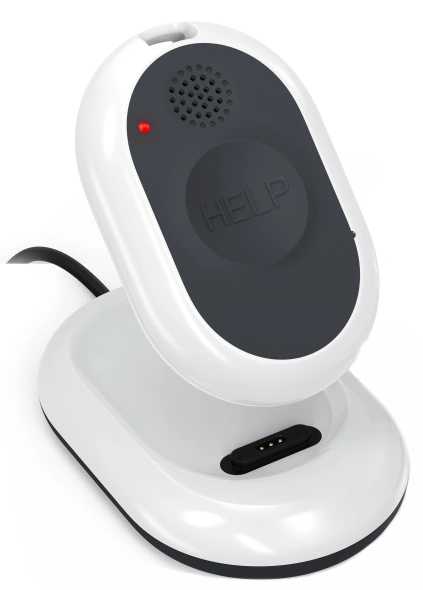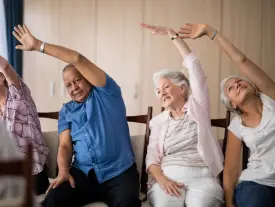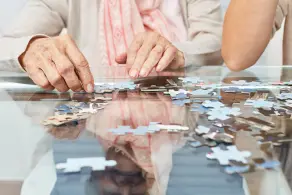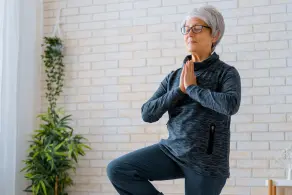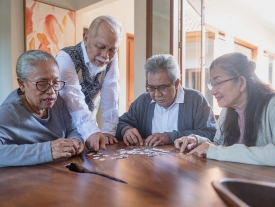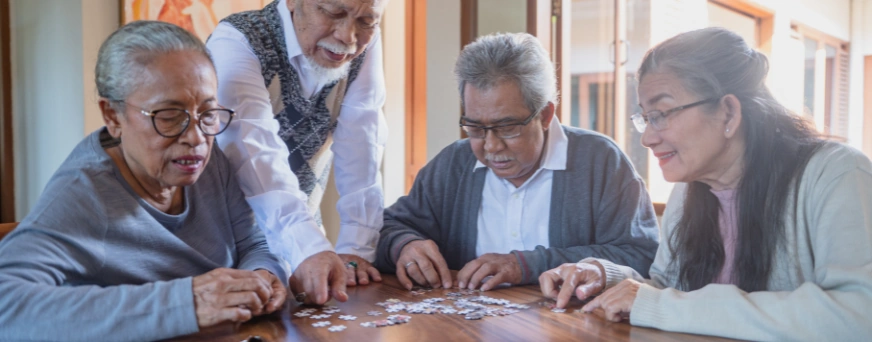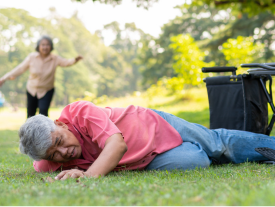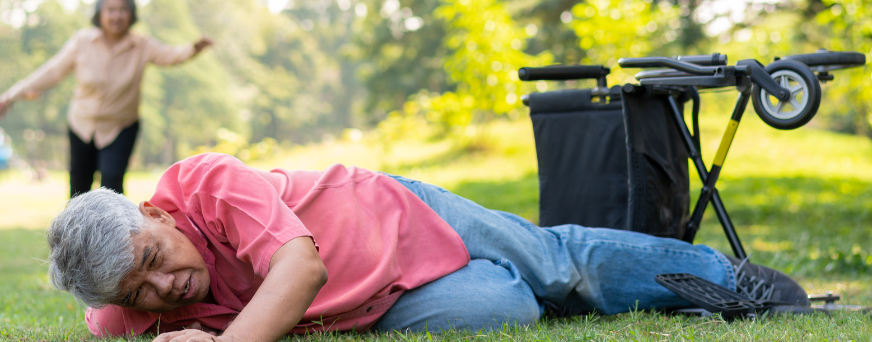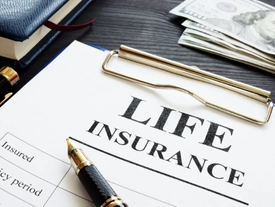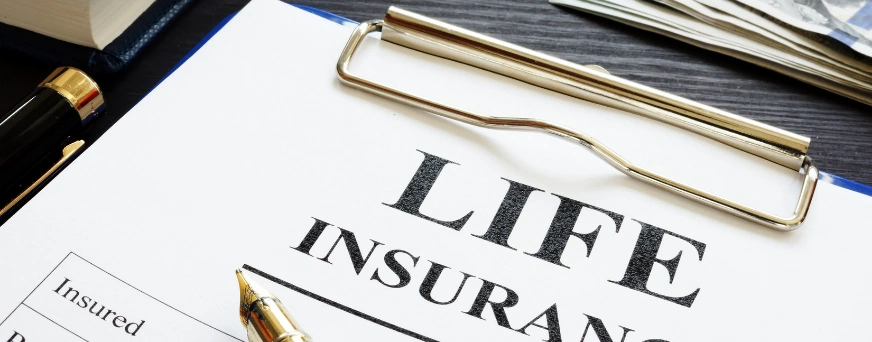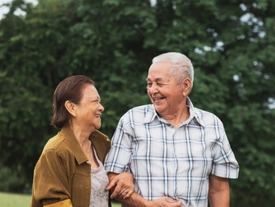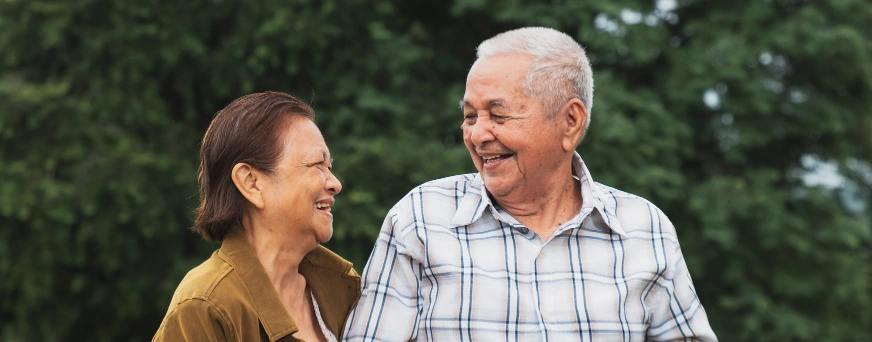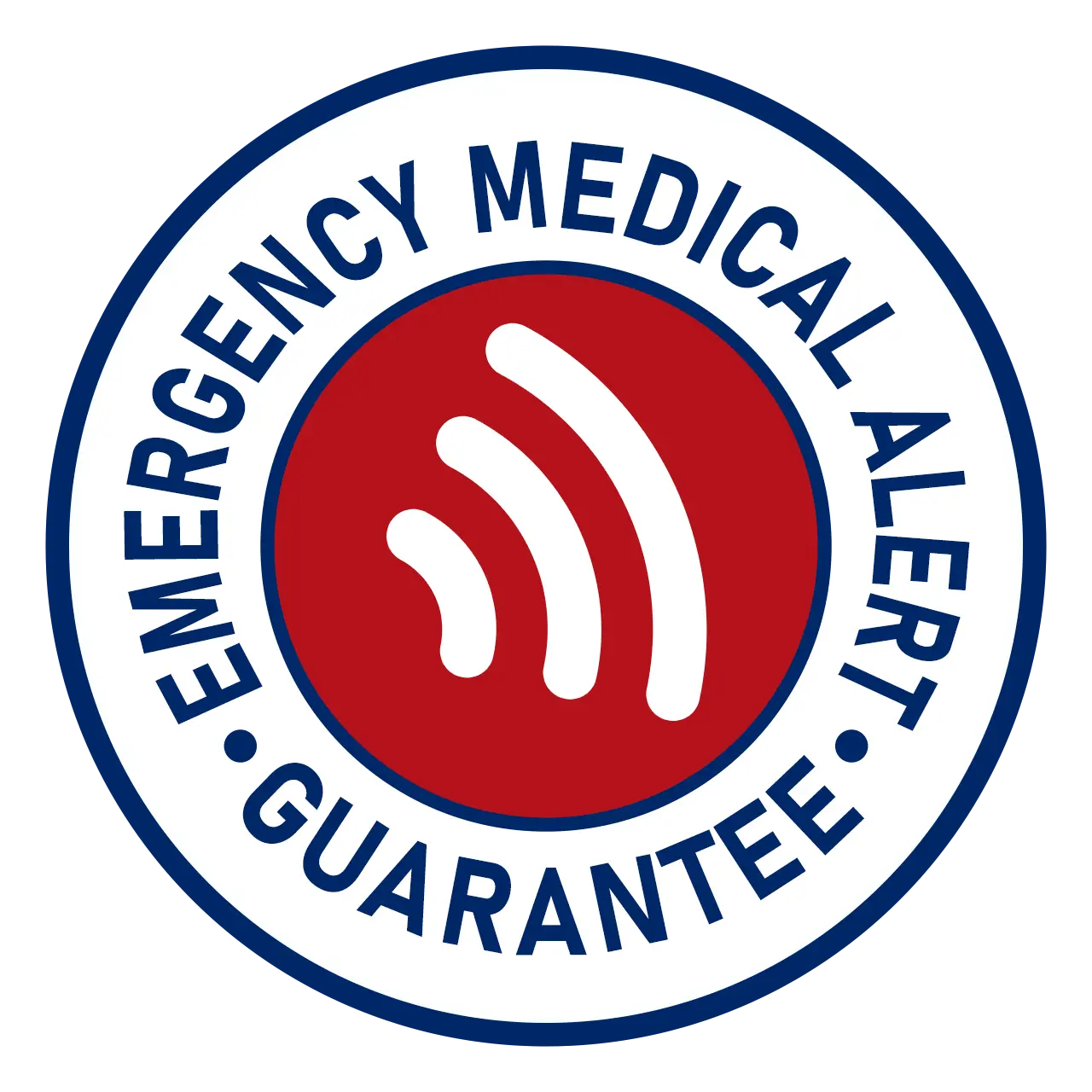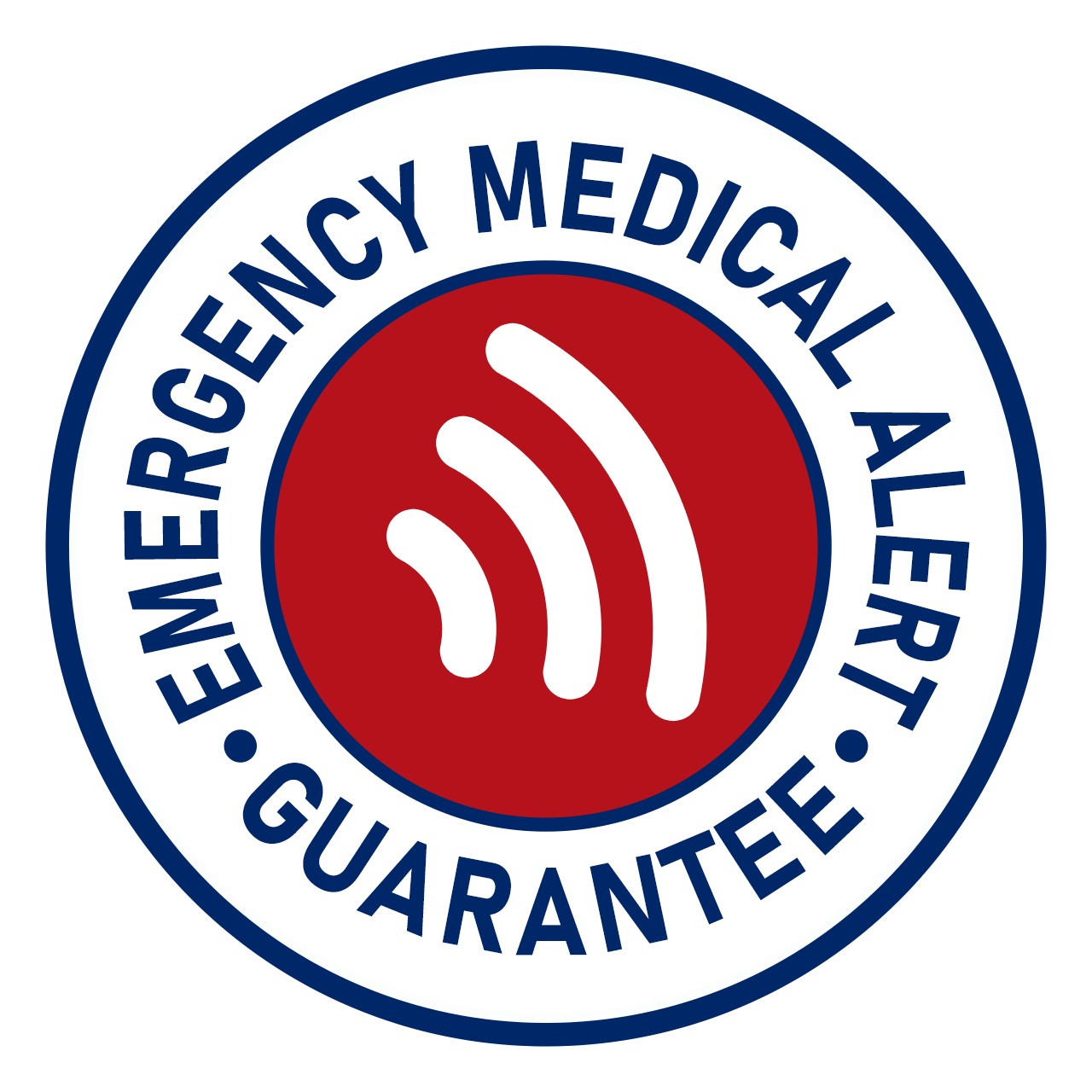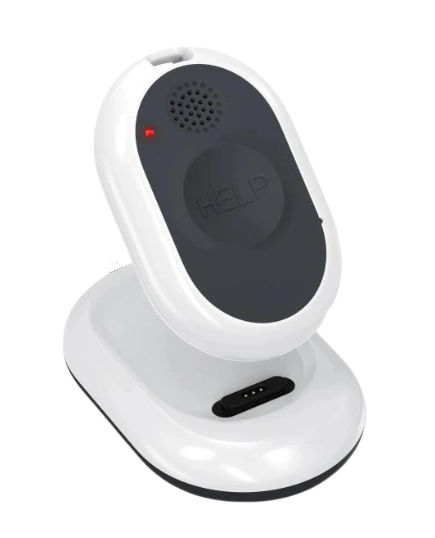Staying Safe At Home: Essential Safety Tips For Living Alone
Staying safe is essential for everyone, especially for seniors who live independently. Living alone already comes with responsibilities and certain risks, many of which are exacerbated with old age. Seniors in the USA should know how to secure their living spaces to live a safer life. Learn useful safety tips to help overcome common risks and challenges, helping those living independently find peace of mind.
Why Is Home Safety For Seniors Such A Priority?
As we age, the chances of accidents and emergencies rise. This can be for many reasons, common ones being poor health, cognitive decline, general fatigue and weakness, and overlooked hazards in the home. Seniors living alone need to address these concerns proactively to prevent incidents that could lead to severe injuries or worse.
Falls are a major concern, often happening in bathrooms, kitchens, and on stairs. Fires from unattended cooking or faulty appliances are also significant risks. Additionally, challenges with mobility, vision, and hearing can increase the likelihood of accidents.
Living alone might mean help is slower to arrive during emergencies, highlighting the need for preventive measures. By identifying these hazards and taking action, seniors can maintain a safer home that supports their independence and peace of mind.
Safety Tips For Living Alone: Essential Measures For Seniors

Creating a safe home environment is necessary for seniors living alone. This helps to avoid injuries and better handle situations when they do happen. Here are some practical tips to help reduce risks and enhance safety:
1. Secure Entry Points
Securing entry points is one of the most effective ways to enhance home safety for seniors living alone. Making the home safe helps protect those with memory issues from accidentally wandering outside and also keeps intruders or animals from entering.
Start securing the home by ensuring that all doors and windows are equipped with sturdy locks. Consider installing deadbolts on exterior doors, as they provide an additional layer of security against unauthorized entry. For added protection, a home security system with door sensors and cameras can be invaluable for alerting authorities during a break-in. Additionally, using peepholes or video doorbells allows seniors to see who is at the door before opening it, further enhancing their sense of security.
2. Improve Lighting
Improving lighting in and around the home can greatly enhance the safety of someone’s property, particularly for seniors who may have impaired vision. Well-lit areas can significantly reduce the risk of trips and falls, which are common hazards in dimly lit spaces. They also help people get around and reduce the chance of break-ins.
Ensure that all staircases, hallways, and entrances are equipped with bright, energy-efficient light bulbs to keep these high-traffic areas well-lit and highlight any hazards. Motion-sensor lights are a practical addition, as they automatically illuminate spaces when motion is detected, eliminating the need to fumble for switches in the dark. Additionally, installing nightlights in bedrooms, bathrooms, and along pathways can provide gentle illumination, helping seniors navigate their homes safely during the night.
3. Reduce Fall Risks
Falls are a common hazard for seniors, often leading to serious injuries. To mitigate these risks, focus on areas where falls are most likely to occur, such as bathrooms, kitchens, and stairways. Install grab bars in bathrooms, particularly near toilets and in showers or bathtubs, to provide support and stability. Non-slip mats in showers and bathtubs help prevent slipping on wet surfaces.
Additionally, ensure that floors throughout the home are free from clutter, which can pose tripping hazards. Secure any loose rugs with non-slip backing or remove them altogether to prevent tripping. Consider rearranging furniture to create clear, wide pathways that enable easy navigation, especially for seniors using mobility aids such as walkers or canes. Regularly reviewing and reorganizing these areas can help maintain a safe and accessible living environment.
4. Organize Emergency Contacts
Having a well-organized system for emergency contacts ensures that help is always within reach. Compile a comprehensive list of important phone numbers, including those of family members, trusted neighbors, healthcare providers, and local emergency services. This list should be prominently displayed in an easily accessible location, such as on the refrigerator or near the main telephone.
In addition to a physical list, program these contacts into a mobile phone for quick access. Many smartphones make emergency contacts accessible even when the phone is locked, which can be invaluable during a crisis. Consider using a dedicated emergency contact app that can store and organize these numbers efficiently.
5. Maintain Clear Communication
Clear communication helps seniors stay connected and serves as a lifeline in case of emergencies. Regular check-ins with family or friends offer reassurance and help monitor any changes in health or behavior. Establishing a routine schedule for calls or visits can strengthen these connections and provide a sense of security.
Technology can significantly aid in maintaining communication. Encourage the use of mobile phones, which allow for quick and easy contact with loved ones. Additionally, consider investing in emergency alert systems, which can be worn as pendants or bracelets. These devices often feature fall detection and GPS tracking, ensuring that help can be summoned promptly in case of an emergency.
6. Fire Safety Precautions
Basic fire safety can prevent potentially devastating incidents. Testing smoke alarms across the home is a good first step. Do so monthly to confirm they are functioning correctly, and replace batteries at least once a year to maintain reliability.
In addition to smoke detectors, consider installing carbon monoxide detectors, especially if the home uses gas appliances. These devices can provide early warnings of dangerous gas leaks, which are otherwise undetectable by smell.
Also, make sure to develop a fire escape plan. This plan should include identifying at least two exits from each room and establishing a meeting point outside the home. Practicing this plan regularly can ensure that all steps are second nature in an emergency, reducing panic and confusion.
7. Medication Management
Proper medication management helps prevent missed doses and potential health complications. A pill organizer is a simple solution, with doses sorted by day and time. Setting reminders is also an effective way to ensure medications are taken on schedule. Use alarm clocks, smartphone alerts, or specialized medication reminder apps that deliver timely notifications.
Seniors should also regularly review medications with a healthcare provider to identify any potential interactions or side effects. This allows for adjustments to prescriptions if necessary to maintain good health.
Additional Safety Considerations For Seniors

Regular health check-ups are important for monitoring well-being. Stay informed about local safety resources and programs, which often offer home safety assessments and emergency response services tailored for seniors.
Conclusion
Living alone can provide seniors with a sense of freedom and a zest for life, but it requires a commitment to personal safety to do it right. By following these safety tips for living alone, seniors can create a more secure living environment. These measures support independence and provide peace of mind for seniors and their families.

